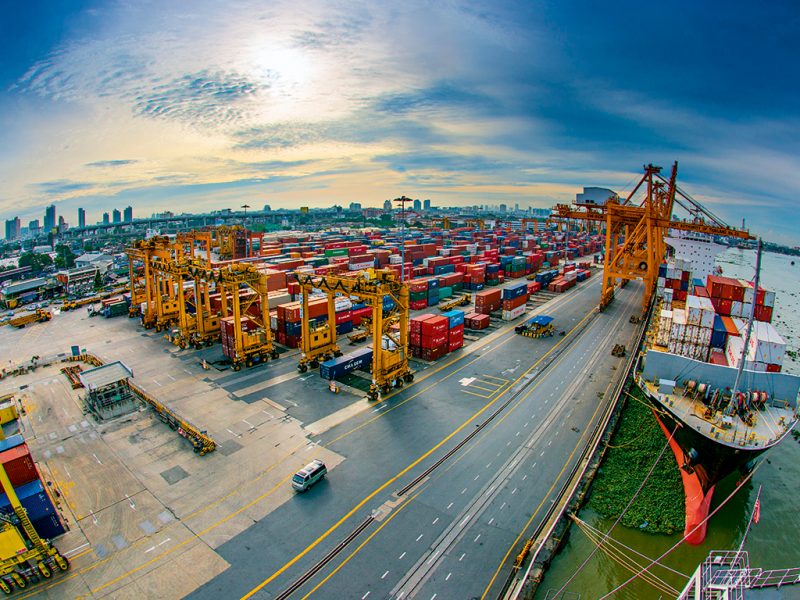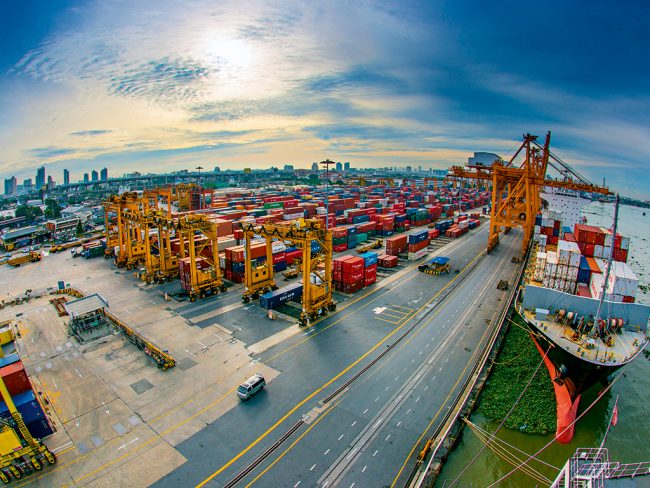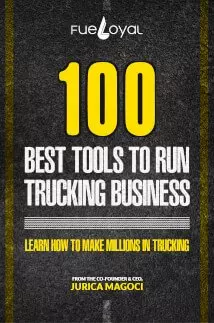What is freight class? Have you ever questioned yourself before starting a trucking company? Freight class is a significant factor in the trucking industry.
To continue with, there are millions of freight type shipments in America and yet there are those who still cannot define its meaning.
The question is: Why do we use freight classes?
Generally speaking, these classes determine the freight into further specific and clear classifications.
To put it in another way, they are useful when you are handling thousands of shipments to clients and customers.
In particular, the above-mentioned statement shows the possible common knowledge of freight classes.
Having said this, some may think that it is not that necessary to be familiar with the class codes. As you will learn more about the industry, you will find the secrets that determine the LTL freight class.
What is Freight Class?
There are millions of people in the United States with jobs in the trucking industry, however, not all are familiar with freight class.







